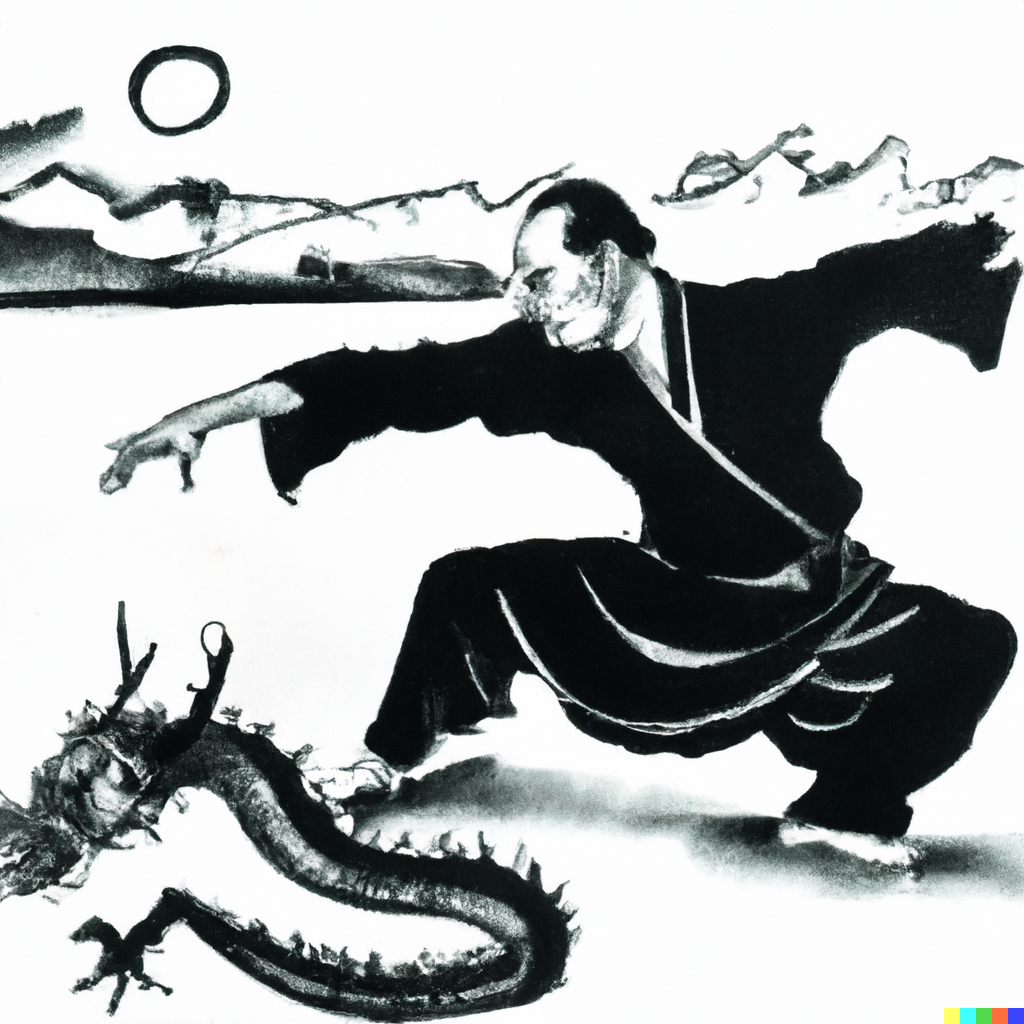
Tai chi is a Chinese martial art that is practised for a number of reasons including defense training as well as physical and mental health benefits. It is often thought of as a form of “soft” martial arts, meaning that it emphasizes fluid and relaxed movements rather than tense, explosive ones.
There are many different styles of tai chi, but most forms involve a sequence of paced, flowing movements linked together in a fluid and continuous pattern. The movements are often accompanied by deep mindful breathing and relaxation techniques.
Tai chi is often referred to as “meditation in motion”, as the slow and controlled movements can assist in clearing the mind and promoting a sense of calm and inner peace. It is thought to have a number of health benefits including but not limited to improving flexibility and balance, strength as well as reducing anxiety and stress.
To practise tai chi, practitioners regularly use a quiet, open space where they can move freely. One is advised to wear comfortable clothing allowing for full range of motion. Some people like to practise barefoot, while others prefer shoes or socks with a smooth, non-slip sole.
It is recommended to learn tai chi with a qualified instructor, as form and technique are important to achieve full benefits of the practise. Many of the moves have numerous subtle intricacies that can often be improved on even by advanced practitioners.
